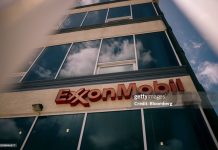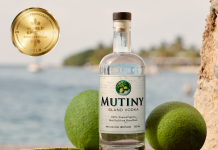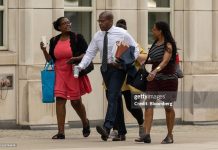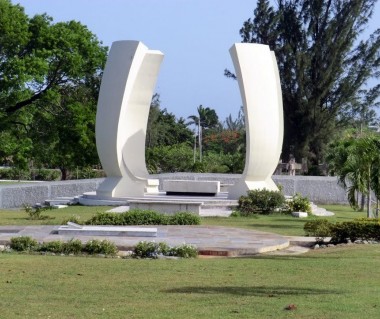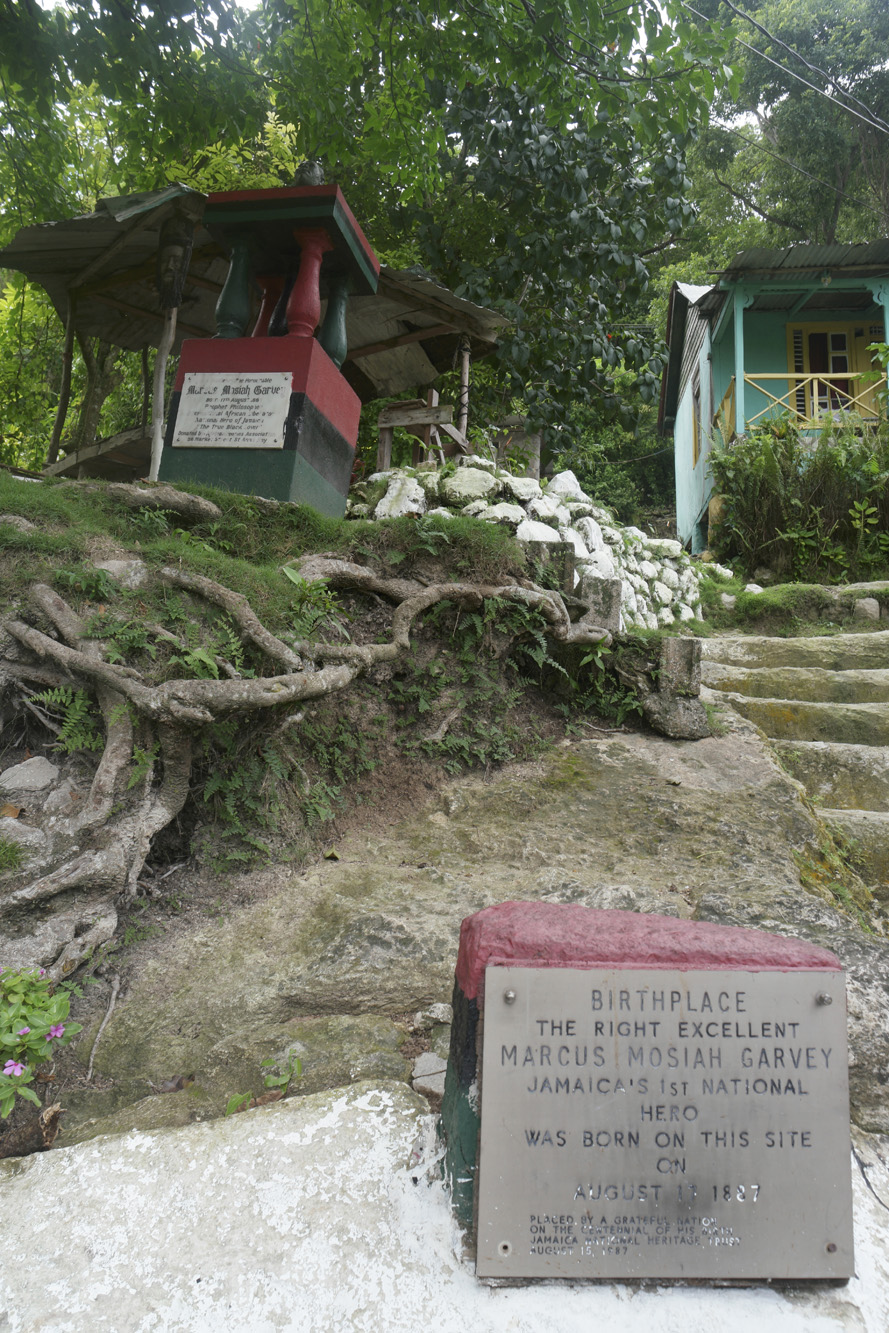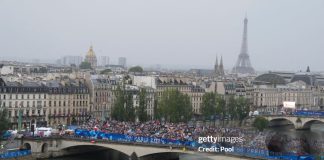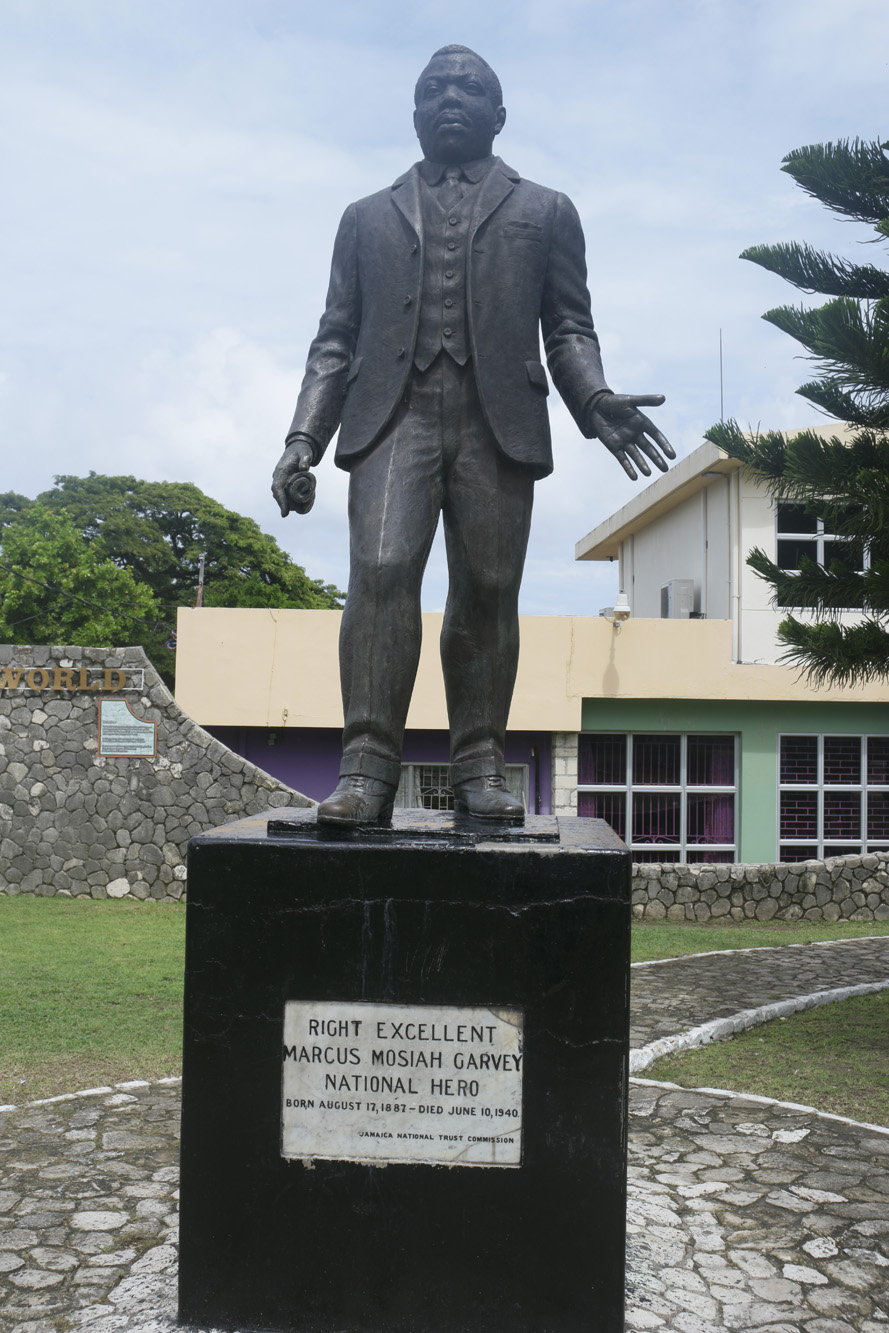 Compiled By Felicia J. Persaud
Compiled By Felicia J. Persaud
News Americas, KINGSTON, Jamaica, Fri. Oct. 21, 2016: Say Jamaica, and for many, images of great beaches, sun, sand and of course Bob Marley and reggae music, Red Stripe, Usain Bolt and good food may come to mind. But like many Caribbean islands, there is no denying the astounding history of this birthplace of so many greats and Jamaica’s National Heritage Week, held every October, is meant to remind residents and visitors alike of the many historical facets of Jamaica – beyond just sun, sea and reggae! So fly into Kingston, the country’s capital, and rent a car or take a taxi via the new Highway 2000 connecting the north coast to experience a different side of Jamaica. Here are 10 historical sites that you should plan to see on your next trip there:
1: National Heroes Park
National Heroes Park is a 50 acre botanical garden located right in the capital of Kingston, Jamaica. The Park is a permanent place for honoring Jamaica’s heroes whose monuments are erected in an area known as the Shrine. Another section, reserved for late prime ministers and outstanding patriots, adjoins the Shrine area, to the north. The original area was founded in 1783 as a race track called “Kingston Race Course.” It was officially renamed the National Heroes Park in 1973.
2: King’s House
On your next trip, ensure you drive by King’s House on Hope Road in Kingston. It is currently the official residence of the Governor General of Jamaica who represents the British Monarch, and head of state. King’s House has always been called King’s House even during the reign of the Queen. Today, the House with a magnificent lawn and gardens is also the venue for state and ceremonial functions, including the swearing in of Ministers of Government and Judges of the High Court and for the annual National Honours And Awards ceremony, held during National Heritage Week each October.
3: Devon House
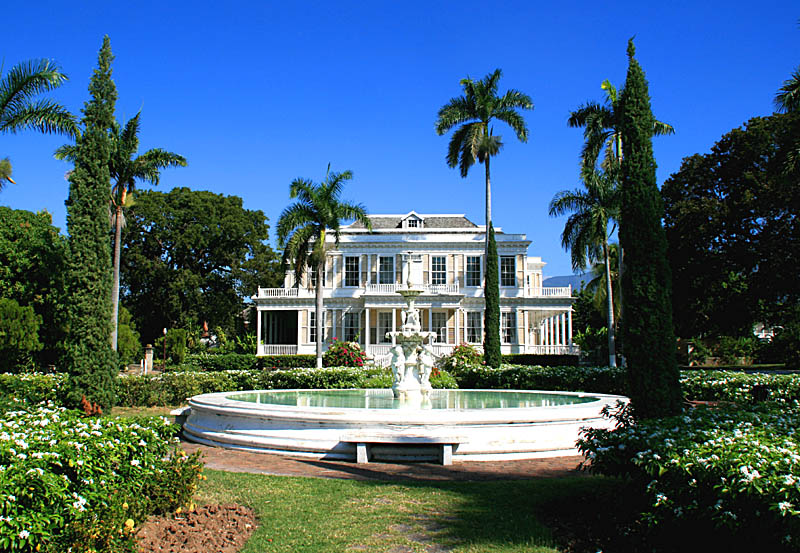 One of Jamaica’s most celebrated historical landmarks is The Devon House Mansion, also located on Hope Road in Kingston. It is the architectural dream of Jamaica’s first black millionaire George Stiebe, who was among three wealthy Jamaicans who constructed elaborate homes during the late 19th century. Stiebel, the son of a black housekeeper and a German-Jewish merchant, made his fortune from investments in gold mines in Venezuela. He purchased 99 properties in Jamaica, including Devon Pen. Stiebel’s legacy lives on with the beautifully maintained Devon House, which was declared a national monument in 1990 by the Jamaica National Heritage Trust. Visitors to the historical site can go back in time with a tour of the Georgian-style great house. Furnished with a collection of 19th-century antiques from Jamaica and the Caribbean region, the house tells the tale of privileged West Indian society in the Victorian era. The ballroom still has the original English chandelier purchased by Stiebel for the room. Additionally, the old stables, kitchen and other buildings on the property host some of Jamaica’s finest restaurants, confectioneries and souvenir shops. Devon House I Scream, makers of Jamaica’s premier brand of ice cream has its flagship store at the location along with its uniquely delicious patties that include the option of beef, chicken, vegetarian and even curried goat. Opening Times – Every Day: 10:00 am – 10:00 pm
One of Jamaica’s most celebrated historical landmarks is The Devon House Mansion, also located on Hope Road in Kingston. It is the architectural dream of Jamaica’s first black millionaire George Stiebe, who was among three wealthy Jamaicans who constructed elaborate homes during the late 19th century. Stiebel, the son of a black housekeeper and a German-Jewish merchant, made his fortune from investments in gold mines in Venezuela. He purchased 99 properties in Jamaica, including Devon Pen. Stiebel’s legacy lives on with the beautifully maintained Devon House, which was declared a national monument in 1990 by the Jamaica National Heritage Trust. Visitors to the historical site can go back in time with a tour of the Georgian-style great house. Furnished with a collection of 19th-century antiques from Jamaica and the Caribbean region, the house tells the tale of privileged West Indian society in the Victorian era. The ballroom still has the original English chandelier purchased by Stiebel for the room. Additionally, the old stables, kitchen and other buildings on the property host some of Jamaica’s finest restaurants, confectioneries and souvenir shops. Devon House I Scream, makers of Jamaica’s premier brand of ice cream has its flagship store at the location along with its uniquely delicious patties that include the option of beef, chicken, vegetarian and even curried goat. Opening Times – Every Day: 10:00 am – 10:00 pm
4: Fort Charles, Port Royal
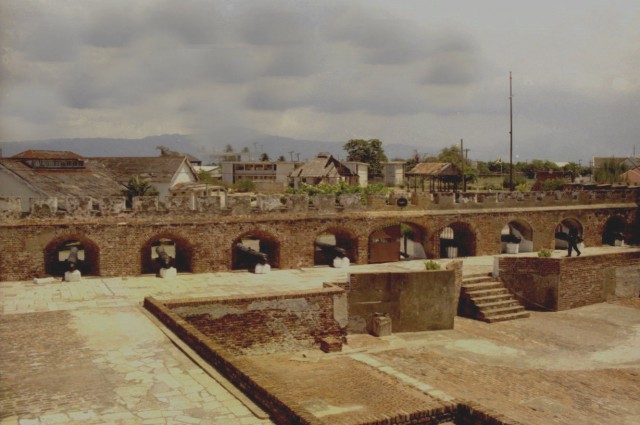 In Port Royal, a village located at the end of the Palisadoes at the mouth of the Kingston Harbour, in southeastern Jamaica, you will find Fort Charles, tucked away in the Old Military Complex at the base of Church Street. It is the oldest and greatest of the ancient city’s six fortresses in Jamaica. Fort Charles was built in the 17th century. Lord Horatio Nelson, Admiral Rodney, Sir Henry Morgan and many other famous men strode proudly across the ramparts of this fearsome fort, which boasted as many as 104 cannons and 500 men. Browse through the small, but informative museum and later retrace Nelson’s footsteps on the wooden quarterdeck overlooking the Caribbean Sea. Many cannons still point out from their embrasures along the restored battlements. In the center of the courtyard stands the small, well-presented Maritime Museum, containing a miscellany of objects – from glassware and pottery to weaponry – retrieved from the sunken city. Opening hours are 9a.m. – 4:45 p.m.
In Port Royal, a village located at the end of the Palisadoes at the mouth of the Kingston Harbour, in southeastern Jamaica, you will find Fort Charles, tucked away in the Old Military Complex at the base of Church Street. It is the oldest and greatest of the ancient city’s six fortresses in Jamaica. Fort Charles was built in the 17th century. Lord Horatio Nelson, Admiral Rodney, Sir Henry Morgan and many other famous men strode proudly across the ramparts of this fearsome fort, which boasted as many as 104 cannons and 500 men. Browse through the small, but informative museum and later retrace Nelson’s footsteps on the wooden quarterdeck overlooking the Caribbean Sea. Many cannons still point out from their embrasures along the restored battlements. In the center of the courtyard stands the small, well-presented Maritime Museum, containing a miscellany of objects – from glassware and pottery to weaponry – retrieved from the sunken city. Opening hours are 9a.m. – 4:45 p.m.
5: 32 Market Street
Take the highway from Kingston and make your way to St. Ann’s Bay and to 32 Market Street to see firsthand the humble birthplace of Jamaica’s first National Hero, the Hon. Marcus Mosiah Garvey. Garvey was born in a small house that still sits on the property on August 17, 1887. The house is constructed from timber and placed upon blocks and is currently occupied. Plans are reportedly underway for the government of Jamaica to secure the house to make it a public museum. In 1989 a bust of Marcus Garvey was erected at the front of the house through the efforts of Anthony Scott and the African People Association.
6: Marcus Garvey Reading Room At The St. Ann’s Library
After viewing the birthplace of Garvey, check out the life sized statue of this black hero on the grounds of the 1834 built St. Ann’s Bay Parish Library and then ask to tour the library’s Marcus Garvey Reading Room, located on the upper floor of the library. Here you can see a copy of Garvey’s birth certificate, read about his life and even follow a timeline of his work including deportation from the US back to Jamaica. The center is open Mondays to Fridays from 9:30 a.m. to 5:30 p.m. by appointment only.
7: Seville Heritage Park
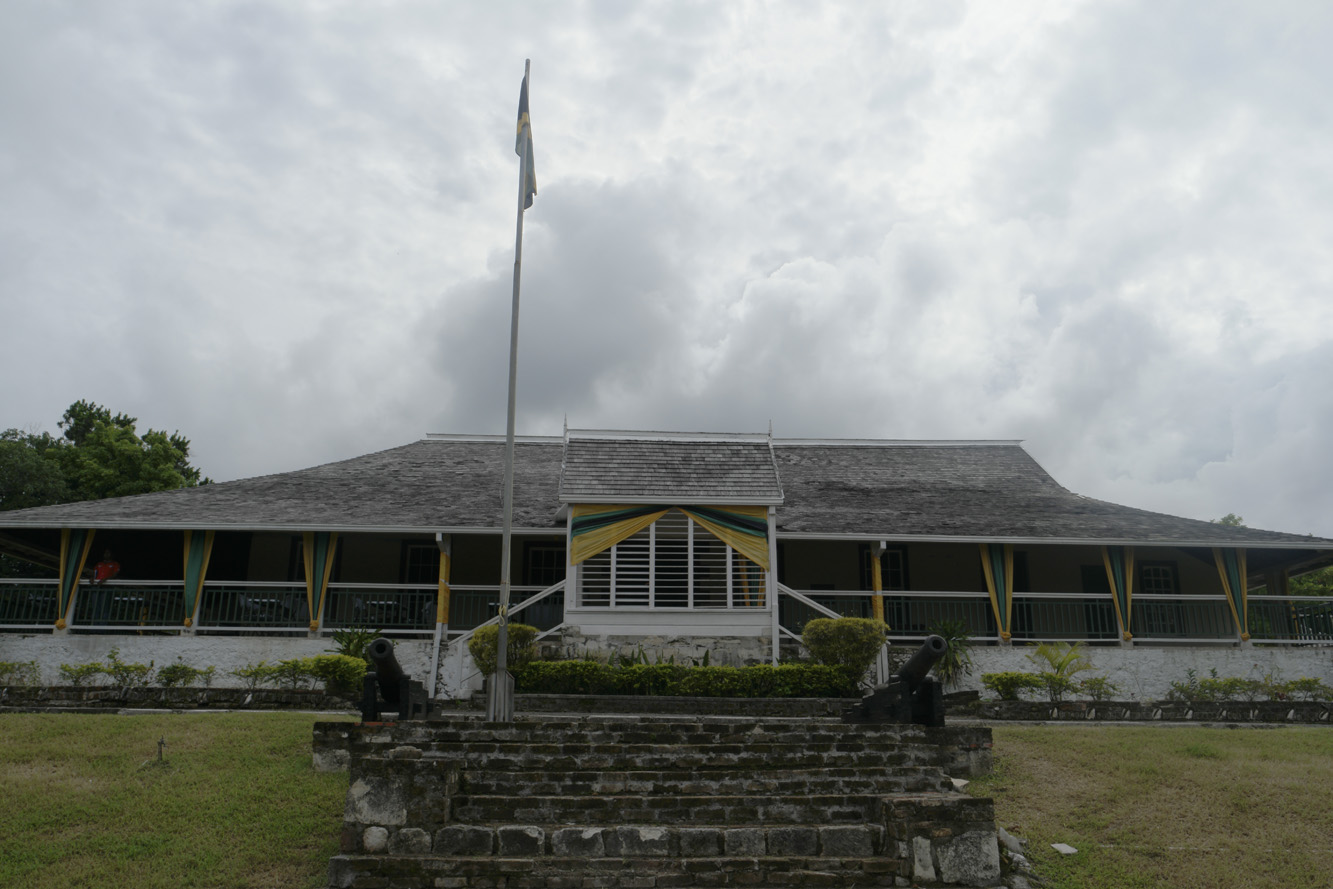 Located on the historic Seville Estate, is the Seville Great House (Sevilla la Nueva) and Heritage Park. Dubbed the birthplace of modern Jamaica, the Seville property was where Christopher Columbus first encountered the Taino Indians on May 5thth 1494. The major attraction of the Park is the collection of the artifacts on display in the Great House or ‘New Seville,’ which depicts various aspects of the history of the people of Jamaica –from the Tainos to the Spaniards, the Africans, British and Indians and Chinese. On the Park’s ground, which overlooks the beautiful Caribbean Sea, are the replicas of a three Taino huts as well as a slave hut. Also buried here are the bodies of three slaves who were found on the property. Guided tours are offered at the Seville Heritage Park between 9 a.m. to 4 p.m. Mondays to Fridays.
Located on the historic Seville Estate, is the Seville Great House (Sevilla la Nueva) and Heritage Park. Dubbed the birthplace of modern Jamaica, the Seville property was where Christopher Columbus first encountered the Taino Indians on May 5thth 1494. The major attraction of the Park is the collection of the artifacts on display in the Great House or ‘New Seville,’ which depicts various aspects of the history of the people of Jamaica –from the Tainos to the Spaniards, the Africans, British and Indians and Chinese. On the Park’s ground, which overlooks the beautiful Caribbean Sea, are the replicas of a three Taino huts as well as a slave hut. Also buried here are the bodies of three slaves who were found on the property. Guided tours are offered at the Seville Heritage Park between 9 a.m. to 4 p.m. Mondays to Fridays.
8: St. Ann’s Baptist Church
The St Ann’s Bay Baptist Church in St. Ann’s Bay Jamaica was founded in 1827. In this church cemetery in Ochio Rios, you will find a tomb where the shackles, chain and branding irons used on black slaves were buried after slavery was abolished in 1838. The church is open on Sundays from 8 a.m.
9: Our Lady of Perpetual Help
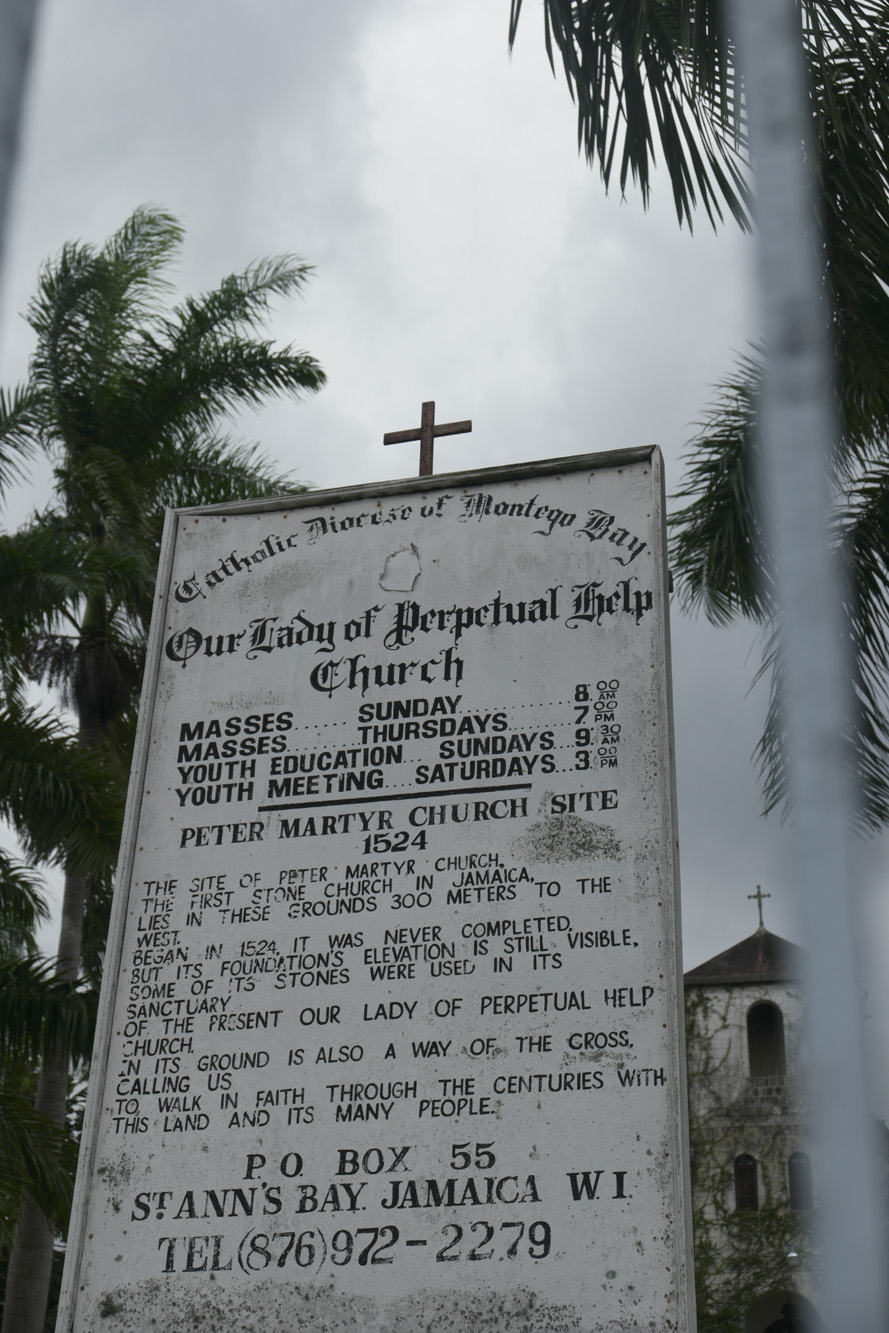 Our Lady of Perpetual Help is another must visit places on the historical trail in St. Ann’s Bay in Ocho Rios, Jamaica. It dates back to 1534, when the Spanish settlement of Sevilla la Nueva was moved from the coast to higher ground and construction of a cut stone Church was started by Abbot Peter Martyr of Angleria, Italy. Only the Church walls were built in 1534. In 1770, Edward Long condemned the British for their apparent indifference to Spanish architecture in Jamaica and for allowing the Church to fall into ruin. In 1925, the owner of the Seville Estate, William Hoskins, gave title to five acres of land containing the Peter Martyr Church site to the Catholic Bishop. The pastor for the area, Father Raymond Sullivan, began a vibrant fund raising campaign to build a church. Between 1939 and 1943; a beautiful “Spanish style” church was constructed from cut-stone and local timber. This Church which was named Our Lady of Perpetual Help Church, was built adjacent to the site of the Peter Martyr Church ruins and is located on the same property. In fact, some of the stones used in the construction of Our Lady of Perpetual Help Church originated from the structure of the Peter Martyr Church. This current Church is an incredibly beautiful building that is therefore forever linked and intimately associated with early Sixteenth Century Church.
Our Lady of Perpetual Help is another must visit places on the historical trail in St. Ann’s Bay in Ocho Rios, Jamaica. It dates back to 1534, when the Spanish settlement of Sevilla la Nueva was moved from the coast to higher ground and construction of a cut stone Church was started by Abbot Peter Martyr of Angleria, Italy. Only the Church walls were built in 1534. In 1770, Edward Long condemned the British for their apparent indifference to Spanish architecture in Jamaica and for allowing the Church to fall into ruin. In 1925, the owner of the Seville Estate, William Hoskins, gave title to five acres of land containing the Peter Martyr Church site to the Catholic Bishop. The pastor for the area, Father Raymond Sullivan, began a vibrant fund raising campaign to build a church. Between 1939 and 1943; a beautiful “Spanish style” church was constructed from cut-stone and local timber. This Church which was named Our Lady of Perpetual Help Church, was built adjacent to the site of the Peter Martyr Church ruins and is located on the same property. In fact, some of the stones used in the construction of Our Lady of Perpetual Help Church originated from the structure of the Peter Martyr Church. This current Church is an incredibly beautiful building that is therefore forever linked and intimately associated with early Sixteenth Century Church.
10: Blue and John Crow Mountains
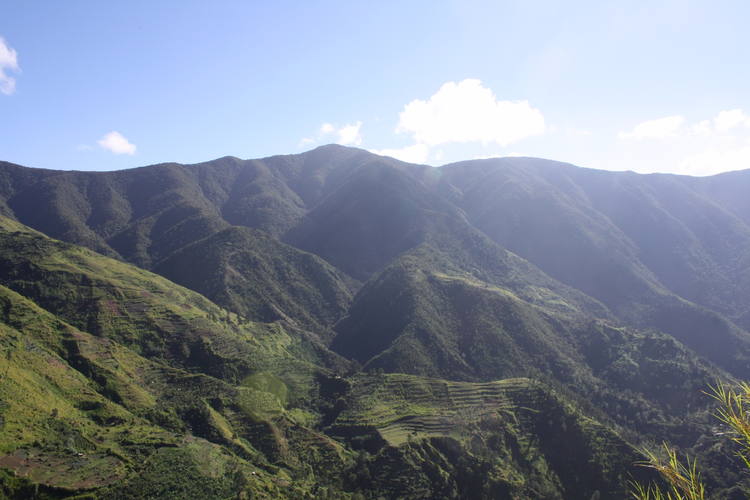 No visit is complete without a tour of the latest UNESCO World Heritage Site – the Blue and John Crow Mountains. The Blue Mountains are the longest mountain range in Jamaica and include the island’s highest point, Blue Mountain Peak, at 2256 m. It spreads in 4 parishes: Portland, St. Thomas, St Mary, St. Andrew – and encompasses a rugged and extensively forested mountainous region in the south-east of Jamaica, which provided refuge first for the indigenous Tainos fleeing slavery and then for Maroons (former enslaved peoples). They resisted by establishing a network of trails, hiding places and settlements, which form the Nanny Town Heritage Route. From the summit, it is accessible via a walking track. The site is also a biodiversity hotspot for the Caribbean Islands with a high proportion of endemic plant species, especially lichens, mosses and certain flowering plants. Today, the famous Jamaican Blue Mountain Coffee, which commands premium prices on world markets, is cultivated between 2,000 and 5,000 feet above sea level. You also get to view waterfalls and tiny restaurants throughout. Many people hike or bike through the mountains to witness first hand nature at its finest. Take good walking shoes, water long sleeved shirt and snacks for the hike. Private tours are also available and can be arranged through your local hotel concierge.
No visit is complete without a tour of the latest UNESCO World Heritage Site – the Blue and John Crow Mountains. The Blue Mountains are the longest mountain range in Jamaica and include the island’s highest point, Blue Mountain Peak, at 2256 m. It spreads in 4 parishes: Portland, St. Thomas, St Mary, St. Andrew – and encompasses a rugged and extensively forested mountainous region in the south-east of Jamaica, which provided refuge first for the indigenous Tainos fleeing slavery and then for Maroons (former enslaved peoples). They resisted by establishing a network of trails, hiding places and settlements, which form the Nanny Town Heritage Route. From the summit, it is accessible via a walking track. The site is also a biodiversity hotspot for the Caribbean Islands with a high proportion of endemic plant species, especially lichens, mosses and certain flowering plants. Today, the famous Jamaican Blue Mountain Coffee, which commands premium prices on world markets, is cultivated between 2,000 and 5,000 feet above sea level. You also get to view waterfalls and tiny restaurants throughout. Many people hike or bike through the mountains to witness first hand nature at its finest. Take good walking shoes, water long sleeved shirt and snacks for the hike. Private tours are also available and can be arranged through your local hotel concierge.
For more on Jamaica’s heritage sites see here and for more on Jamaica and things to do log on here.

